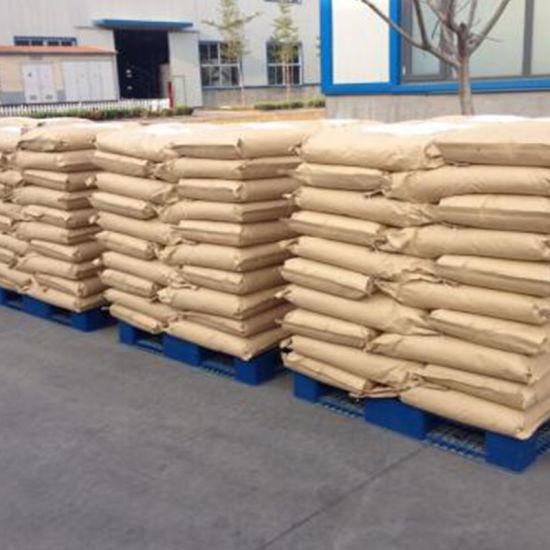Unraveling the Science: How Anionic Polyacrylamide Flocculant Enhances Flocculation and Sedimentation Processes
2024-02-26
In the intricate world of water treatment and industrial processes, the efficacy of flocculation and sedimentation plays a crucial role in achieving desired outcomes. Among the array of chemical aids employed in these processes, anionic polyacrylamide flocculant stands out for its remarkable ability to enhance the efficiency of solid-liquid separation. In this blog, we'll delve into the science behind how anionic polyacrylamide flocculant works to facilitate flocculation and sedimentation processes, paving the way for clearer, cleaner water and more efficient industrial operations.
Understanding Flocculation:
Flocculation is a crucial step in water treatment and wastewater management, where suspended particles are aggregated into larger flocs through the addition of flocculating agents. These flocs can then settle more rapidly during sedimentation or be more easily removed through filtration. Anionic polyacrylamide flocculant acts as a flocculating agent by binding to suspended particles and facilitating their aggregation into larger, more easily settleable clusters.
The Role of Anionic Polyacrylamide Flocculant:
Anionic polyacrylamide flocculant is a water-soluble polymer with negatively charged functional groups, typically carboxylate (-COO-) or sulfonate (-SO3-) groups. These negatively charged groups enable the polymer to interact with positively charged particles or colloids present in water or wastewater. When anionic polyacrylamide flocculant is added to a solution, it forms long polymer chains that extend into the surrounding water, creating a network of molecular bridges.
Mechanism of Action:
The flocculation process involving anionic polyacrylamide flocculant can be described in several key steps:
1. Adsorption: Anionic polyacrylamide flocculant molecules adsorb onto the surfaces of suspended particles through electrostatic interactions. The negatively charged functional groups on the polymer chains attract positively charged particles, forming bonds between the polymer and the particles.
2. Bridge Formation: As more polymer molecules adsorb onto the surfaces of suspended particles, they form bridges between adjacent particles, effectively linking them together. This bridging mechanism promotes the aggregation of particles into larger flocs or clusters.
3. Floc Growth: With the continued addition of anionic polyacrylamide flocculant, the flocs grow in size as more particles are incorporated into the network. The larger flocs settle more rapidly under gravity or can be more easily removed through filtration, leading to clearer water and improved solid-liquid separation.
Benefits of Anionic Polyacrylamide Flocculant:
- Enhanced Efficiency: Anionic polyacrylamide flocculant accelerates the flocculation process, leading to faster settling times and improved removal of suspended solids.
- Reduced Chemical Usage: By promoting the formation of larger, denser flocs, anionic polyacrylamide flocculant reduces the need for other chemical coagulants or flocculants, resulting in cost savings and reduced chemical usage.
- Improved Water Quality: The effective removal of suspended solids and colloids from water or wastewater results in clearer, cleaner water with reduced turbidity and improved clarity.
In conclusion, anionic polyacrylamide flocculant serves as a powerful tool for enhancing flocculation and sedimentation processes in water treatment, wastewater management, and industrial applications. Through its ability to promote particle aggregation, accelerate settling, and improve solid-liquid separation, this versatile polymer contributes to more efficient and sustainable water treatment practices. As the demand for cleaner water and more efficient industrial processes continues to grow, anionic polyacrylamide flocculant remains at the forefront of innovation in the field of flocculation chemistry.



